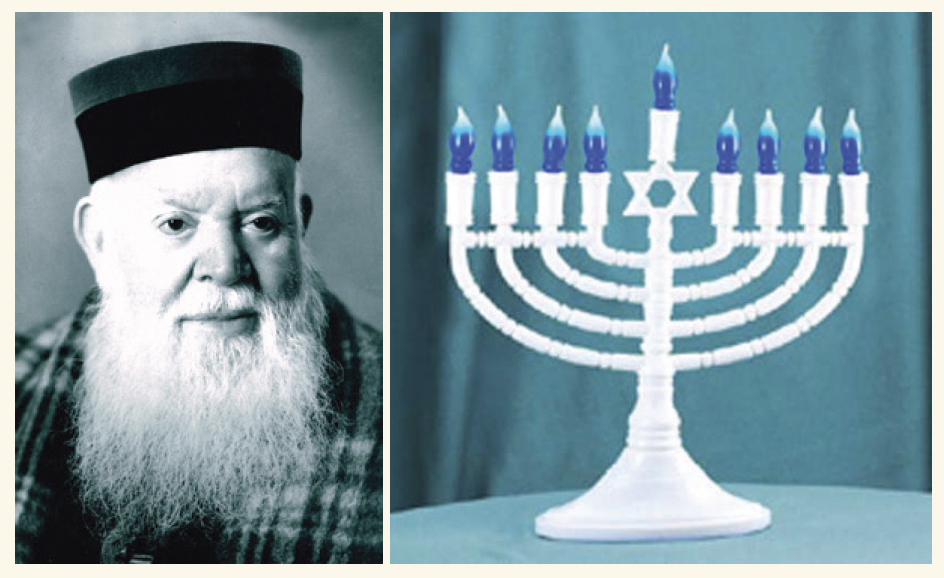Drawn in part by the recent movie, "Enough," in which actress Jennifer Lopez uses Krav Maga to even the score against an abusive husband, a long-established Orange County class in self-defense is seeing a jump in popularity.
Sessions in the self-defense training developed for the Israeli army and held at Costa Mesa’s Jewish Community Center are drawing 25 percent more students in the last two years, say its principal instructors, Krav Maga black-belts Mitch Markowitz and Michael H. Leifer, who have taught together for 10 years. Across the nation, other Krav Maga schools have also seen a rise in interest since the Lopez movie opened in May. Despite street-fighting female stars, seen also in films such as "Charlie’s Angels" and "Tomb Raider," women still only comprise about one-third of the students.
Learning Krav Maga, Hebrew for "contact combat," appeals to fitness buffs and those who desire greater self-confidence, the instructors say. "Everybody wants to be able to defend themselves," says Leifer, a lean, muscular lawyer. "Not everybody is willing to invest the time to learn it."
Unlike the centuries-old Asian martial arts, where warriors strive to perfect an established combat technique as a path to spiritual enlightenment, Krav Maga is for contemporary warfare. Stripped of spirituality and any rules of engagement, its promoters willingly incorporate effective techniques borrowed from elsewhere. It’s a credo adopted by martial arts legend Bruce Lee, who embraced "the way of no way."
"It’s strictly self-defense: right to the point, finish the job," says Dr. Jerry Beasley, a professor at Virginia’s Radford University who has written six books on martial arts and is the director of a "karate college" at the campus.
That’s what appeals to Eric Papp, 35, an Anaheim lawyer who also considered learning Japan’s jujitsu. "This looked more aerobic as well as more practical," he says, figuring that knowing how to defend against a choke, kick or punch will eventually pay off in a bar fight or an encounter of "road rage."
Wearing T-shirts, sweatpants and athletic shoes, about 30 people were enrolled in a recent $120, eight-week session. Most are professionals without previous martial arts training. A few strap-on belts similar to those worn in karate, where skill is designated both by color and degree. (Black is the top level in both methods.) The biweekly 75-minute workouts are intense, sweat-inducing exercises in defeating an attacker by targeting the most vulnerable parts of the body. Bolsters of different shape and density line up on one side of the wood-floored auditorium. The students kick and punch the pads as they pair off, alternating in the role of aggressor and defender.
Scenarios are introduced quickly; various defensive maneuvers are broken down and demonstrated in steps. Students don’t necessarily perfect them before a new one is tried.
"It inspires confidence in me," says Victoria Short, 28, of Costa Mesa, who enrolled at the suggestion of her often-traveling husband.
Teaching this calculated version of street fighting is supposed to show students how to defend against brutal, modern-day thugs and also builds awareness about avoiding problematic situations. "Don’t walk down the street into five guys who are rowdy," is the sort of advice Markowitz offers. "Cross the street. Don’t be stupid. If you have the option, run."
Rather than a contest of strength, Krav Maga training teaches using deftness to deflect an aggressor and how to counterattack. "We start slow, but they are real attacks, real punches; the real thing," says Markowitz, who, like his partner, trained with Darren Levine.
Levine, who attended Israel’s first international instructors course in 1981, established the U.S. Krav Maga training center in Los Angeles in 1996. Besides training individuals, the center also trains 150 law enforcement agencies nationally and certifies martial arts instructors in teaching Krav Maga.
Among the thorny questions raised by students is how far they can push their own defense before crossing the legal line to battery. Occasionally, the instructors refuse a potential student who appears to be seeking the training for illegitimate purposes. "Martial arts draws people seeking an edge for their shenanigans," Markowitz says.
Both Markowitz and Leifer are veterans of traditional martial arts training, a historical relic of 16th century, sword-fought warfare. "Those movements don’t work great for someone who is choking you," says Markowitz.
Leifer abandoned training in other martial arts after meeting Levine in Los Angeles while attending Loyola Law School in 1985. "His students had great attitudes, it wasn’t a very commercial endeavor and it’s a system that’s better at dealing with day-to-day situations."






















 More news and opinions than at a Shabbat dinner, right in your inbox.
More news and opinions than at a Shabbat dinner, right in your inbox.